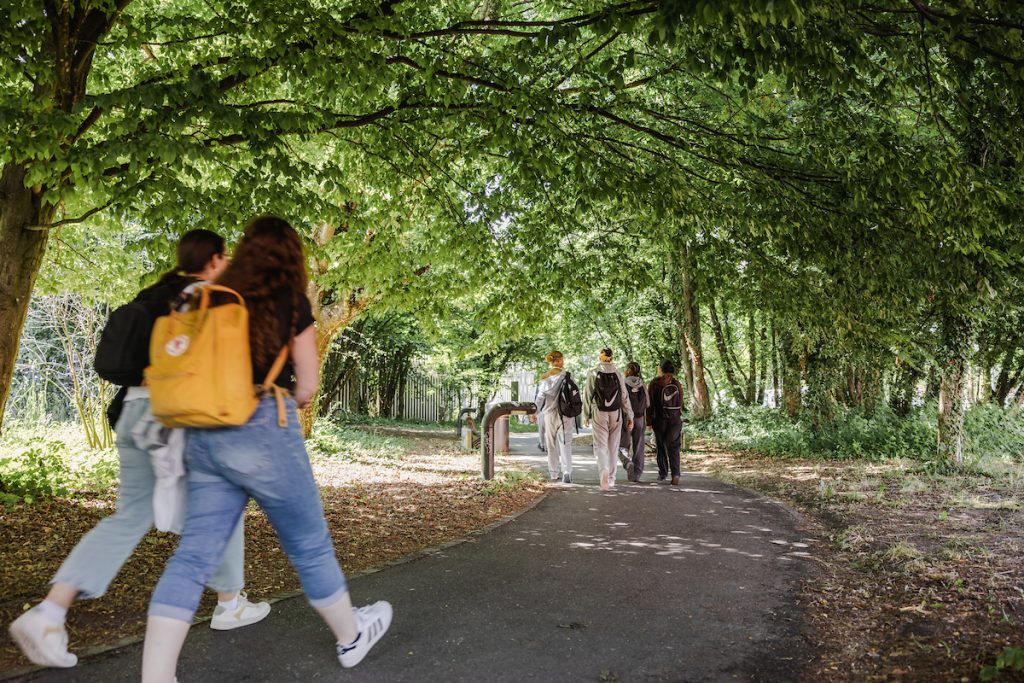
Nature and buildings merge together seamlessly on our Lausanne campus. The natural environment combined with heritage buildings provides a greater opportunity to enjoy outdoor activities, while also improving biodiversity and adapting to climate change.
Within the Sustainability unit, a team from the VPO-DC dedicated to public outdoor spaces and the development of green areas was established in 2022. Its activities are organized in accordance with the Nature and Economy certification, obtained by EPFL in 2002, which aims to keep at least 30% of outdoor spaces close to their natural state.
On our campus, there are approximately:
- 1,855 trees
- 22,600 m² of shrub areas
- 26,000 m² of forested areas
- 111,000 m² of flowering meadows and lawns
- 19,000 m² of green roofs
- 10,000 m² of plant containers
- 50,000 flower bulbs blooming each year
- 22,700 m² of permeable mineral surfaces
- 2 wetland biotopes of approximately 500 m² each (one managed by the water service of the municipality of Ecublens)
- 4 biotopes for wild bees
- About 1 km of the Sorge riverbank identified as a high biological interest area at the cantonal level
As new buildings have been built on campus over the years, the amount of paved-over surface area has increased and that of outdoor spaces and vegetation has decreased. We therefore need to find the right balance between achieving our objectives, ensuring the well-being of our community and protecting our natural surroundings in order to guarantee a pleasant working and living environment.
The team that was hired to improve our outdoor spaces and green areas has the following goals:
Preserve our natural heritage, and safeguard and develop biodiversity
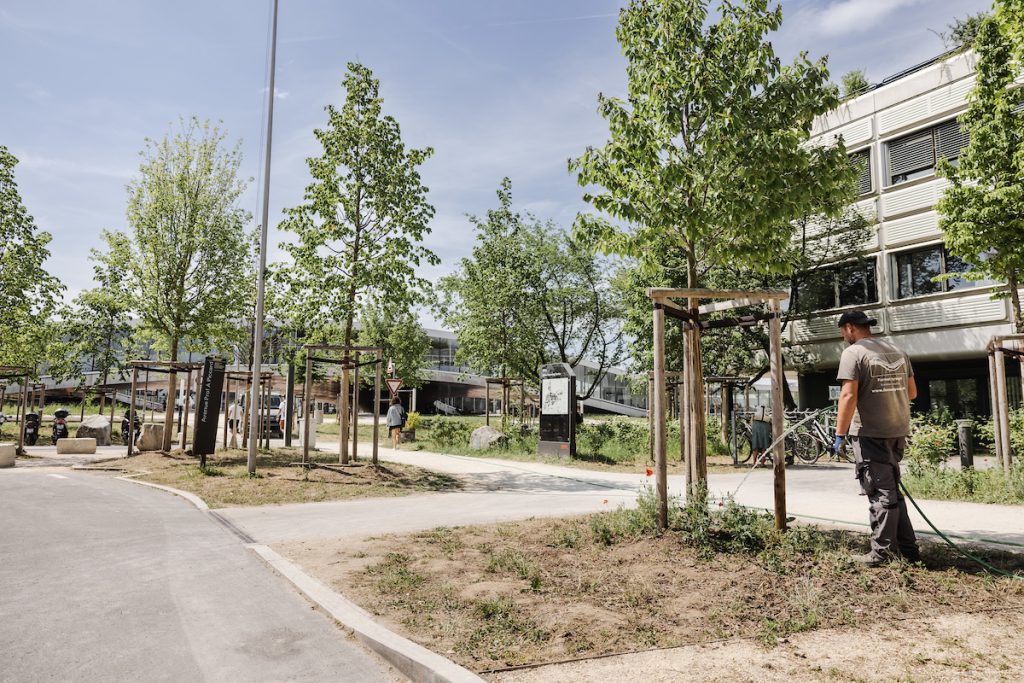
- Improve the visibility and harmony of flowered areas
- Limit mowing, pruning and mechanical trimming wherever possible
- Convert mowed areas to flowering grass, meadows or pastures
- Control invasive alien plants
- Increase the proportion of areas that are maintained by third parties (e.g., hire student assistants and partner with community organizations to grow vegetables (PDF, 250 KB), restore land or protect biodiversity)
- Increase the amount of land available for activities that favor biodiversity
Adapt our campus to climate issues
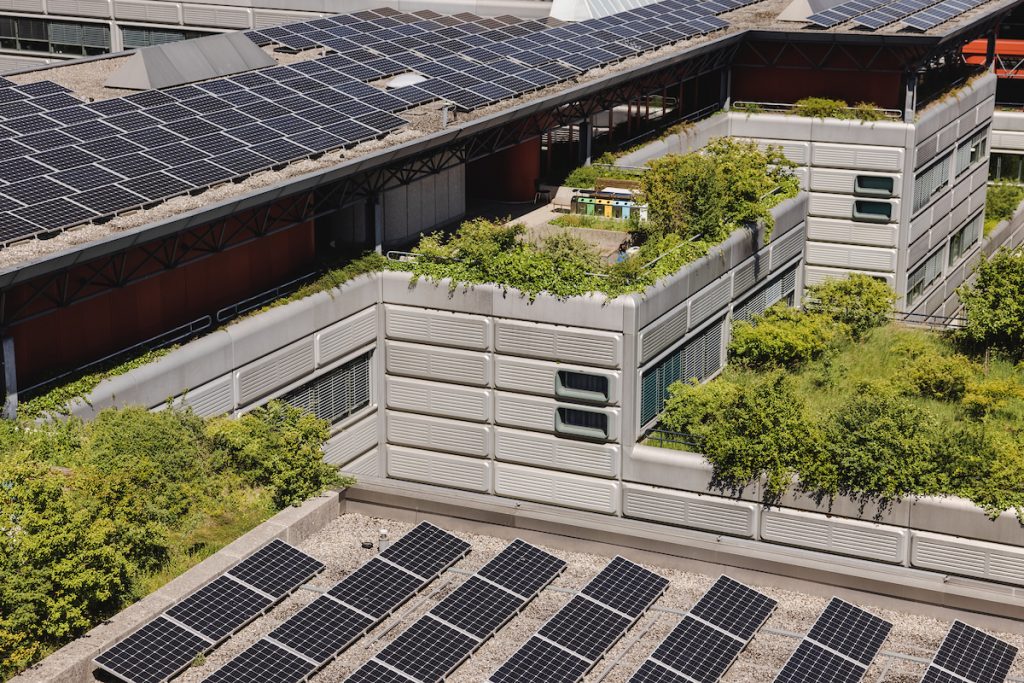
- Improve the canopy index by increasing tree cover on streets and squares to mitigate heat islands: plant more, plant in the right places and plant better, using a diverse range of species, including native species
- Preserve open spaces
- Increase permeable surfaces
- Install more green roofs (70,500 m2 of flat roofs are currently made of gravel but could be made green)
Improve the quality of existing public spaces
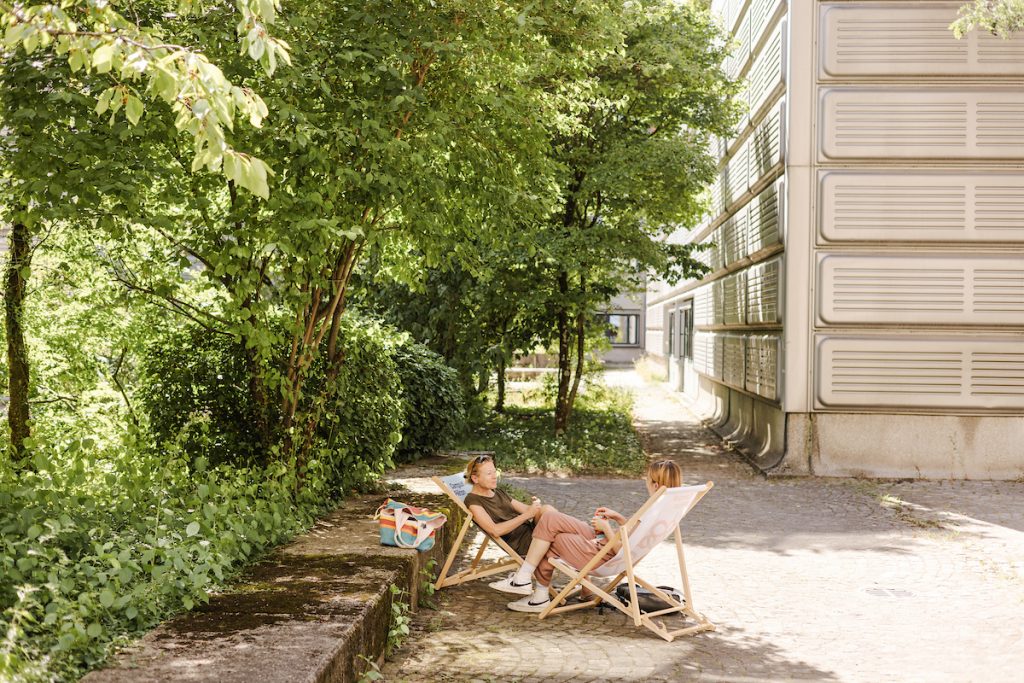
- Work under the Campus Piéton project to create adaptable and inclusive spaces, in collaboration with EPFL’s transportation team and the Vice Presidency for Operations (VPO)
- Support campus development by proposing qualitative improvements as part of an upcoming strategy for transportation and public spaces, in accordance with the Master Plan of the Universities
- Collaborate with the VPO on projects included in the Masterplan for the structural and energy renovation of EPFL buildings, and the densification of our campuses, such as the renovation of our buildings to make them more energy efficient and structurally sound, and the urban consolidation of our campuses
- Increase vegetation in all its forms and the proportion of permeable surfaces in all new public spaces
News
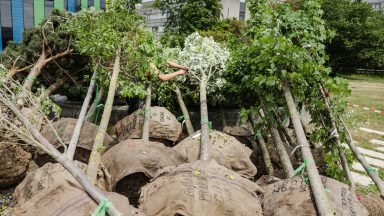
Campus trees: a growing population to protect
There are over a thousand trees on the EPFL campus, and they are constantly increasing every year. The aim is to double this tree population. How do we go about achieving this? And what are the challenges?
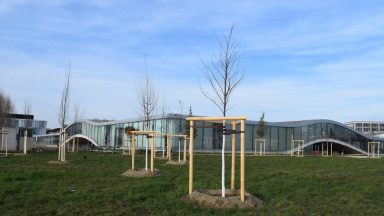
New trees to improve well-being on campus
In an effort to adapt outdoor spaces to climate change, enrich biodiversity and increase the comfort of the EPFL community, several hundred trees and shrubs were planted in 2022-2023..